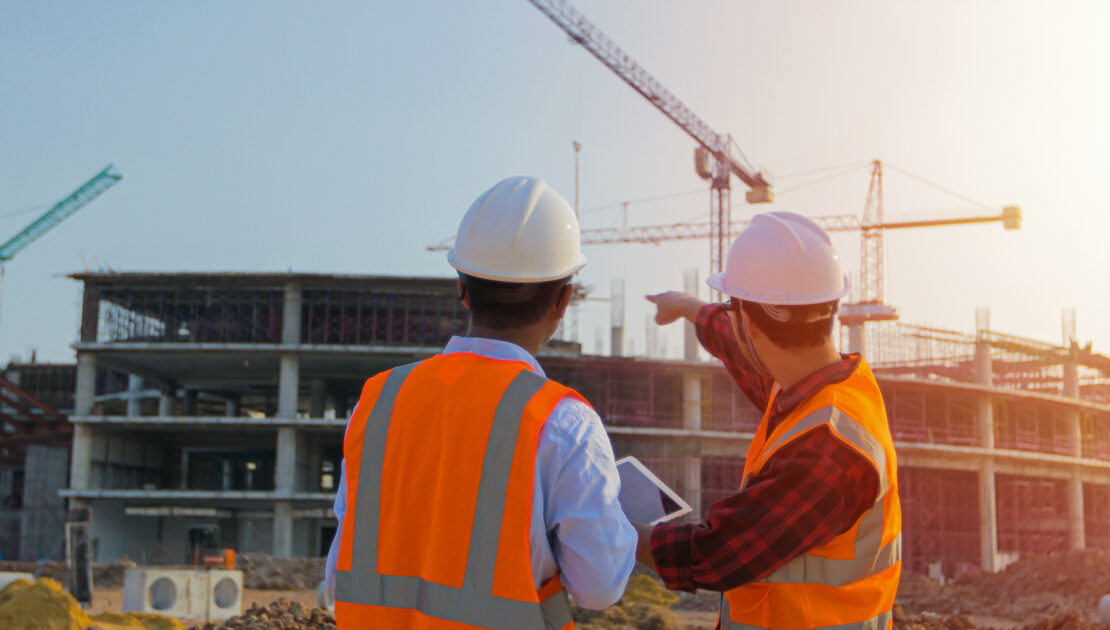Construction Sector Faces Risk Management Hurdles

SAN DIEGO – The construction sector faces a broad range of risk management and productivity challenges that need to be overcome for the sector to thrive, a construction executive said Monday.
The COVID-19 pandemic, social unrest, rapid technological change, personnel shortages and climate change have combined to pose serious threats to companies operating in the sector, said Jes Pedersen, president and CEO of San Francisco-based Webcor Construction LP.
To meet the challenges, construction companies need to revolutionize their operating protocols, including embracing data sharing and rethinking the way buildings are built, he said during the opening session of the IRMI Construction Risk Conference in San Diego.
The COVID-19 pandemic will have a lasting effect on workplace safety as companies manage infectious disease risks over the long term, Mr. Pedersen said. “It’s another risk that we have to add to our list,” he said.
In addition, the construction sector is facing a labor crunch as the average age of new entrants into the field rises and the length of their tenure falls, Mr. Pedersen said.
Companies also need to be more “purposeful” in their hiring practices and change their cultural environments to make them more diverse and inclusive, he said.
“Whether its craft or salaried, people want to work for companies that are pursuing a higher calling,” Mr. Pedersen said. “Most at risk are companies that have always had a way of working and look at it as a competitive advantage.”
Lessons learned about remote working during the pandemic can help alleviate the pressure on personnel, but the industry will also have to find ways to improve productivity, such as by using more prefabricated building materials, he said.
Using prefabricated materials, which are built off-site, can also improve safety on construction sites, Mr. Pedersen said.
Construction companies also need to rethink their operations from a climate change perspective as the demand for sustainable buildings rises, he said. “If we don’t get onboard, we’ll be left behind,” he said.
To meet the demand for green buildings, construction companies will have to become more innovative and take more risks, he said. For example, replacing asphalt roofs with more environmentally friendly materials leaves construction companies open to the risk that the new materials won’t withstand extreme weather conditions over the long term.
Technological changes are also vital to improving the construction industry’s safety procedures, Mr. Pedersen said.
Construction companies are often unwilling to share data for competitive reasons, but sharing information on near misses, for example, could reduce the incidence of workplace accidents, he said.
Source – BusinessInsurance.com
